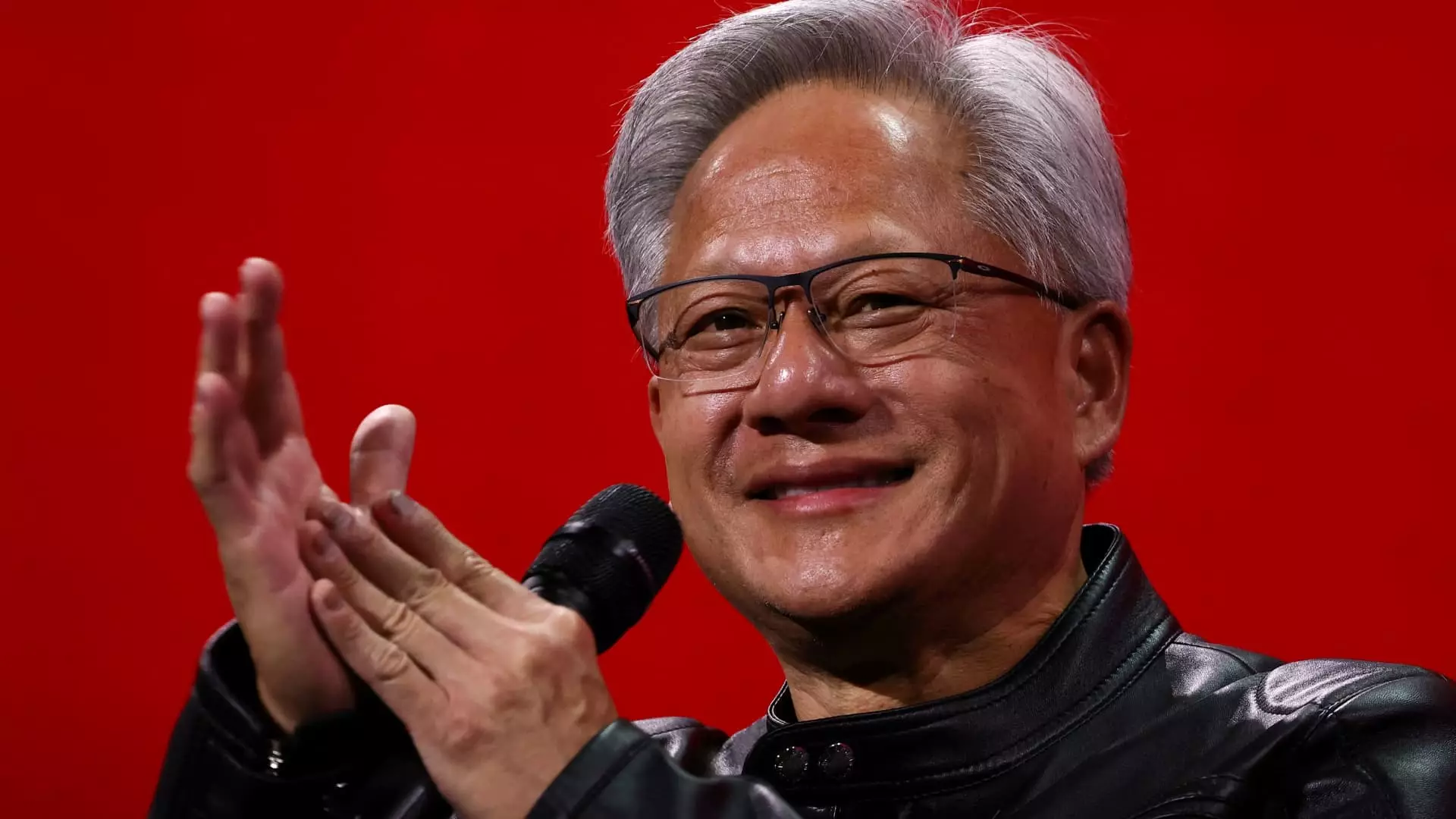In recent years, China’s rapid advancements in artificial intelligence have shifted the landscape of global innovation. Despite facing stringent U.S. export controls and chip restrictions, Chinese tech giants and startups have demonstrated remarkable resilience and ingenuity. Their ability to develop sophisticated AI models such as DeepSeek, alongside giants like Alibaba, Tencent, and Baidu, showcases a formidable push towards self-sufficiency and technological sovereignty. Unlike traditional narratives that cast restrictions as barriers, the Chinese AI ecosystem has transitioned into a fertile ground for revolutionary innovation, emphasizing open-source development and collaborative progress. This strategy not only accelerates local AI capabilities but also contributes to a more democratized and open global AI community.
It is notable that Chinese developers are effectively circumventing U.S. restrictions by leveraging stockpiled hardware, innovative training methods, and open-source frameworks. Initiatives like Alibaba-backed Moonshot’s Kimi K2 model exemplify this ingenuity, challenging established leaders like OpenAI and Anthropic. By doing so, they are asserting their dominance and proving that global AI progress does not solely depend on access to the latest chips but also on the collective ingenuity and resourcefulness of the developer community.
Aconnected Open-Source Ecosystem: A Double-Edged Sword for AI Development
The emphasis on open-source AI within China presents a paradoxical scenario. On one hand, open-source models like Kimi K2 democratize access, fostering rapid innovation across industries and countries that might otherwise be excluded from advanced AI development due to geopolitical constraints. Huang’s praise for China’s open-source movement underlines its significance as a catalyst for global progress, theorizing that shared technology can serve as a backbone for international collaboration and safety standards.
On the other hand, this openness raises concerns from a security perspective. While facilitating wider access can expedite societal benefits and technological dissemination, it can also make foundational AI architecture vulnerable to misuse or malicious adaptation. The debate around open-source AI is, therefore, a delicate balancing act: fostering innovation without sacrificing safety or enabling illicit use. China’s approach demonstrates a strategic long-term vision—one that prioritizes accessible innovation as a means of securing technological leadership and fostering a participatory AI ecosystem.
US-China Tech Tug-of-War: Strategic Moves and Market Implications
The geopolitical dimension of AI development is unmistakably intertwined with economic interests, as evidenced by the recent adjustments in U.S. export controls. Nvidia’s optimism about resuming chip sales to China signals a nuanced shift amid ongoing tensions. These restrictions, which initially caused a significant revenue decline for U.S. chipmakers and hindered China’s AI ambitions, are now being reevaluated, underscoring the complex dance of economic diplomacy.
Huang’s remarks about Chinese companies benefiting from U.S. restrictions, particularly Huawei, evoke a strategic narrative: while restrictions aim at curbing China’s military advancements, they inadvertently fuel the very innovation they seek to contain. Chinese firms, motivated by necessity, are pushing the boundaries of what is achievable with limited access to cutting-edge chips. This resilience not only raises the stakes in the global AI race but also challenges the long-held assumption that technological dominance is solely dependent on unrestricted access to high-performance hardware.
As the U.S. begins to relax some of these controls, the playing field might shift once again. The future of AI leadership appears to be less about raw hardware access and more about innovation culture, open collaboration, and strategic investment. Companies like Nvidia must navigate the delicate political terrain, balancing compliance with long-term growth strategies in the Chinese market.
Reimagining Global AI Collaboration: The Power of Distributed Innovation
Huang’s recognition of Chinese AI’s open-source ethos signals a transformation in how global collaboration could unfold. Far from a binary conflict, the AI future is likely to be characterized by a complex web of cooperation, competition, and shared knowledge. China’s focus on open-source projects is not just an act of defiance or self-preservation; it represents a foundational shift towards a more inclusive, participatory global AI landscape.
This paradigm promotes a necessity for international standards, safety protocols, and ethical frameworks, which are only feasible through widespread cooperation. While U.S.-based companies like OpenAI have yet to fully adopt open-source models, China’s approach may influence global norms. A more open AI ecosystem can accelerate innovation, ensure diverse perspectives, and foster safer AI development through transparent standards—an essential counterbalance to the risks posed by monopolized or secretive AI research.
In reclaiming its role as a leader in AI, China is not merely chasing technological supremacy but challenging the global community to rethink collaboration. By broadening participation and emphasizing shared progress, the nation is paving a path toward more resilient and inclusive AI development. This shift could ultimately define the next era of technological innovation—one driven less by geopolitical dominance and more by collective ingenuity and shared success.

